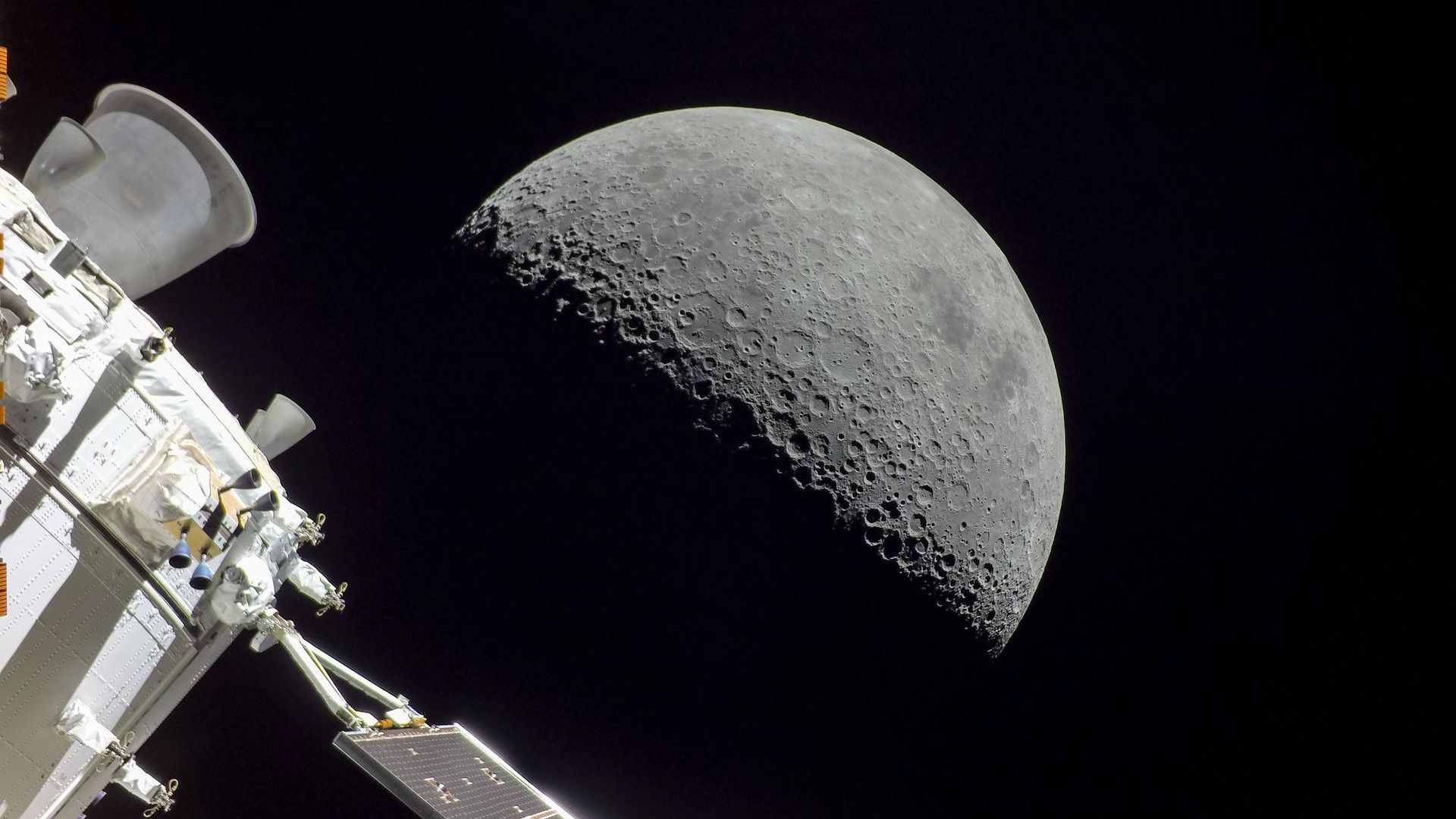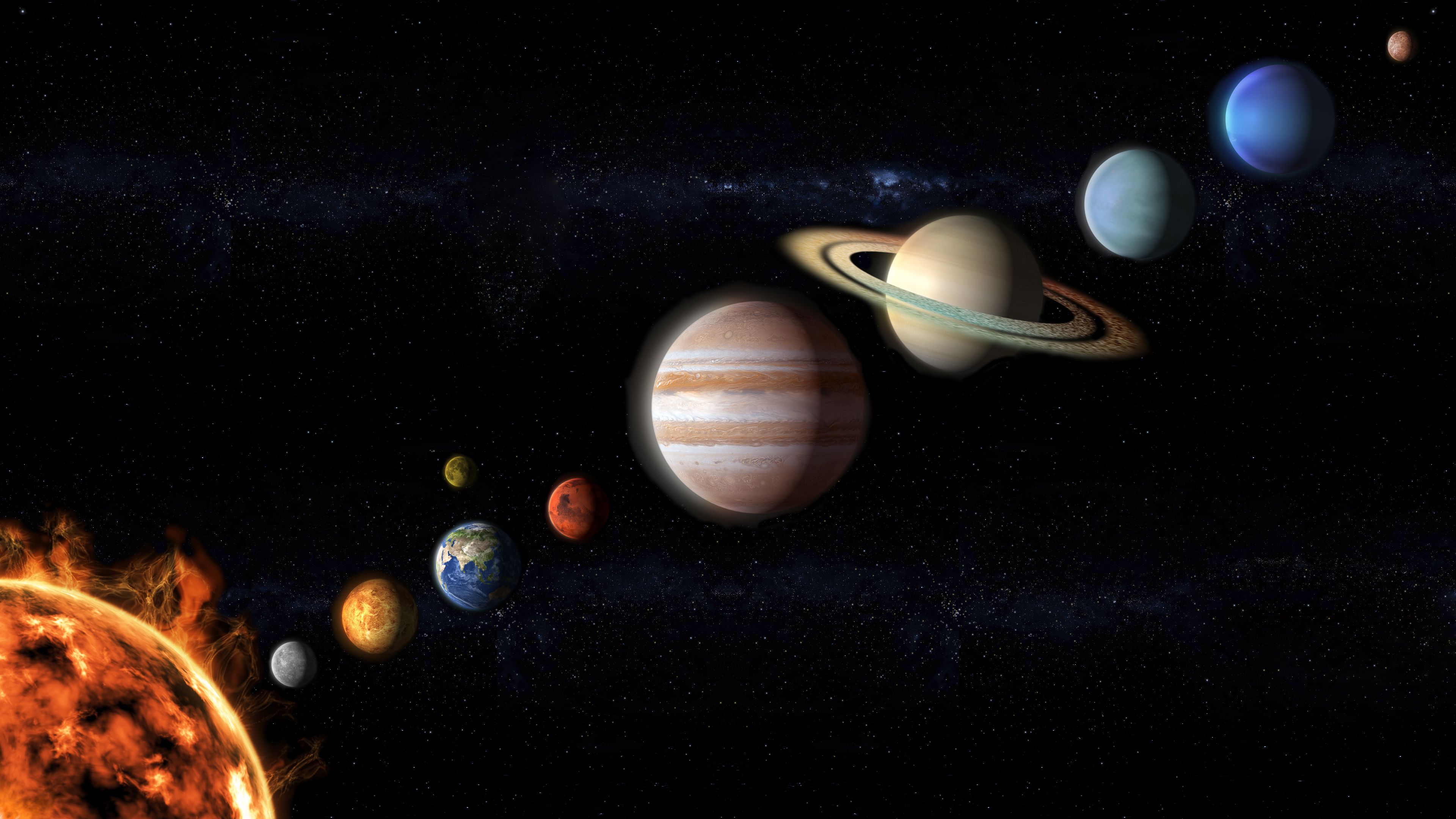This winter has been a great month for observing most of our planetary neighbors, and this continues into February. But get outside as soon as you can, because the spectacular views of the Solar System won’t last much longer!
Why Are the Planets Lining Up?
The planets in the Solar System travel around the Sun in individual orbits, though they take varying times to complete this course due to their varying distances from the Sun. However, sometimes, many of the planets happen to be on the same side of the Sun as each other. This, combined with the fact that the planets mostly orbit in the same plane, explains why, on occasion, you can see them in a line—also known as a planetary parade.
This planetary alignment happens quite often across two, three, or four planets, but for it to happen between six at the same time—as is the case this winter—is a rare event. Indeed, the next time we can expect to see six planets in the sky simultaneously is predicted to be in 2040.
What Will You Be Able to See?
Head out just after sunset to give yourself the best chance of seeing up to six planets at the same time. If possible, find some elevated or open land so that you don’t have buildings or trees in your way, and head away from city lights.
Here are more details about what you can expect to see, and how.
Observing Venus, Saturn, Mars, and Jupiter
Venus, Saturn, Mars, and Jupiter are the best planets to see without any equipment or expertise.
The first and brightest planet you should look for is Venus, appearing in the west-southwest. Aside from the moon, it will be the brightest object in the sky. In fact, it’s so bright that it’ll permeate light cloud cover! This is due to several factors, but primarily due to its proximity to Earth and its thick cloud-covered atmosphere that reflects a large proportion of the Sun’s rays.
Once you’ve located Venus, cast your eye three moon-widths downward (toward the horizon) just after sunset to see Saturn. It will be nowhere near as illuminated as Venus—indeed, it is much further away—but on a clear night, it’ll still be very easy to spot. You’ll need a telescope to see the planet’s rings, however.
Next, look higher in the sky to find Mars, which is distinctive due to its red glow. On February 9, it will be very close to the moon, and on February 24, it will appear to change direction, reversing its westward movement across the sky into an eastward movement.
Jupiter will remain bright and high in the sky throughout the month of February. Although it won’t be as bright as Venus, it won’t take long to spot. What’s more, if you have a pair of binoculars, you should be able to see the planet’s four largest moons, appearing as tiny dots in a tilted line.
Observing Uranus and Neptune
Completing the planetary sextet are Uranus and Neptune, though you’ll need at least a very good pair of binoculars—most likely a telescope—and a dark sky to stand the best chance.
To see Uranus, first locate the Pleiades, an open star cluster that stands out in the night sky near Jupiter. Uranus will be just underneath this easy-to-spot stellar phenomenon.
Spotting Neptune will present more of a challenge and will require a telescope and dark skies. At the start of February, Neptune will be between the moon and Venus, slightly to the southwest, but it will lose altitude as the month progresses. Its distance from Earth and our lengthening days will make observing our most foreign neighbor pretty much impossible by the end of February.
When Is Best to See the Planetary Parade in February?
If this is the first time you’ve heard about the 2025 planetary alignment, you’ve missed the best of the action. Indeed, January was a better month to see the planetary parade, due to the darker wintry skies and the planets’ higher altitudes.
But don’t worry—you haven’t completely missed the rare spectacle. You can still see Venus, Mars, Jupiter, Saturn, Uranus, and Neptune simultaneously in the first week or two of February. Also, with a full moon due on February 12, the earlier in the month you get outside and look up, the better chances you have of avoiding natural light pollution caused by our satellite.

Related
If you’re reading this on February 1, you’re in luck, as tonight Venus, Saturn, and Neptune will be in the same region of the sky, surrounding a thin crescent moon at twilight. As I explained earlier, Venus and Saturn are visible with the naked eye, but you’ll need a telescope to see Neptune.
On the other hand, if you’re reading this towards the end of the month, you’re also in luck—but for a very different reason! Look towards the western horizon as soon as the Sun sets on February 28 to see Mercury. You may need binoculars depending on your location and conditions, but the planet’s proximity to Earth (it’s our nearest neighbor on average) means you should be optimistic about seeing it. Unfortunately, contrary to some rumors circling online, you’re unlikely to be able to see Mercury at the same time as the other six planets.
While you’re outside, take some time to appreciate the stars. For the best stargazing results, learn the sky map, give your eyes time to adjust, wrap up warm, and be patient!





